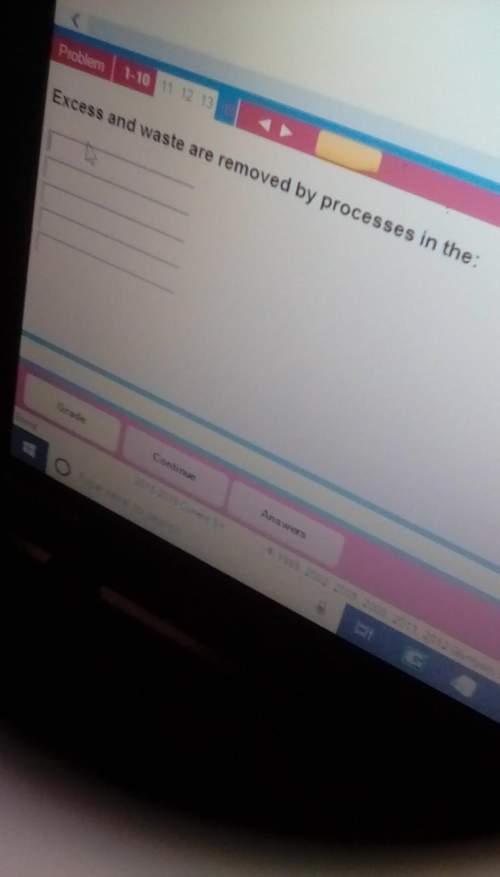Cell Respiration Fill-In Notes
The ultimate goal of cell respiration is to convert in f...

Cell Respiration Fill-In Notes
The ultimate goal of cell respiration is to convert in food to chemical energy stored in . ATP can for processes such as across cell membranes, protein synthesis, and muscle contraction.
Any , including carbohydrates, fats/lipids, and proteins can be broken down into molecules (process called ) and used as a source of to produce ATP.
The order in which this occurs is 1st
2nd
3rd
To transfer energy stored in to an ATP molecule, the cell must glucose in a series of steps:
The first stage is . In glucolysis, a is broken down into . A net gain of ATP are made.
OXYGEN MUST BE AVAILABLE TO CONTINUE! OXYGEN MUST BE AVAILABLE TO CONTINUE!
This is called . It takes place in the (The powerhouse of the cell).
Pyruvic acid produced by goes into the mitochondria. The , a cycle of chemical reactions, breaks down pyruvic acid into and a small amount of .
The second stage of aerobic respiration is . This is a series of chemical reactions that transfers into a lot of .
is released from the Krebs Cycle.
is released from the electron transport chain.
Up to ATP molecules can be made from 1 molecule (2 from and from aerobic respiration.)
Most of the energy released by cell respiration is not but is .
NO OXYGEN! NO OXYGEN! NO OXYGEN! NO OXYGEN! NO OXYGEN! NO OXYGEN! NO OXYGEN! NO OXYGEN!
When no oxygen is available, energy must be obtained through . is an anaerobic process that allows glycolysis to continue making in the absence of . Glycolysis is an process too.
Fermentation is not an efficient process. Only ATP are made in this process.
There are two types of fermentation:
in muscle tissues during depletes oxygen in the muscle cells. Lactic acid fermentation is also used by to produce and sauerkraut.
Once oxygen becomes available again, muscle cells will return to .
is used by yeast cells. Yeast are found in the kingdom.
In this process, pyruvic acid formed during is broken down to produce and .
Energy released can be used by glycolysis to make .
Aerobic or Anaerobic
Organism
Where does it occur in the cell?
Inputs (Reactants)
Outputs (products)
Glycolysis
Krebs Cycle
Electron Transport Chain
Lactic Acid Fermentation
Alcoholic Fermentation

Answers: 1
Another question on Biology

Biology, 21.06.2019 20:40
Which of the following occurs after a natural or unnatural disturbance in an ecosystem
Answers: 1

Biology, 21.06.2019 22:00
Which of the following scenarios is an example of the bottleneck effect? answers a in south africa, much of the afrikaner population is descended from a small number of dutch colonists. in this population, this is an unusually high frequency of pseudoxanthoma elasticum (pxe), an elastic tissue disorder. b four white-tailed deer are introduced to a park in finland. thirty years after their introduction scientists compare the genes in the population and find that there is no variation. c during the industrial revolution, london's air became filled with soot. as a result, birds started eating more of the lighter moths because they were easier to spot than their darker counterparts. over time, the moth population changed so that there were more darker moths than lighter ones. d 10% of the population of american alligators in an area have the recessive trait albinism. a massive flood results in the death of 80% of the population. of the remaining population, 60% have the recessive trait of albinism.
Answers: 2

Biology, 22.06.2019 08:40
What substance acts to prevent sudden ph changes in bodily fluids?
Answers: 2

Biology, 22.06.2019 14:50
What do we call an individual that has inherited two identical alleles for the same trait? a.homozygous b.heterozygous c.monozzygous
Answers: 2
You know the right answer?
Questions

Mathematics, 16.11.2020 20:40



History, 16.11.2020 20:40


History, 16.11.2020 20:40

History, 16.11.2020 20:40



Mathematics, 16.11.2020 20:40

Mathematics, 16.11.2020 20:40

English, 16.11.2020 20:40

History, 16.11.2020 20:40


Chemistry, 16.11.2020 20:40


Mathematics, 16.11.2020 20:40


Mathematics, 16.11.2020 20:40




